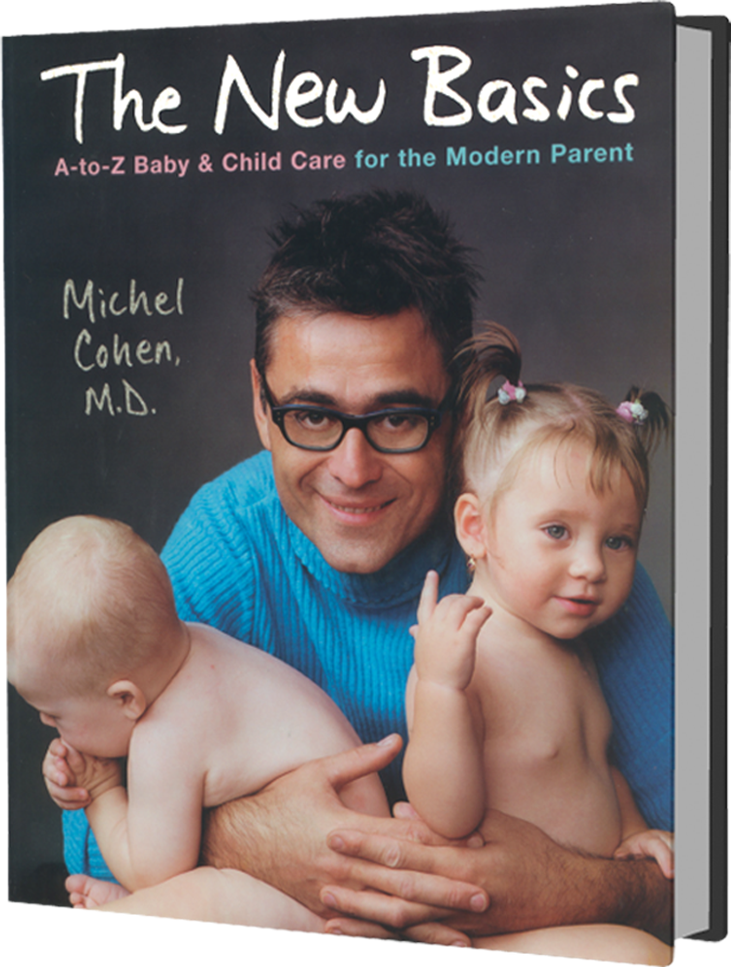
Adenoids
Adenoids are glands located behind the nose. (Don’t bother looking; you can’t see them without fancy equipment.) Along with the tonsils (which you can see in the back of the throat), the adenoids trap the germs we inhale. Occasionally, these glands cause more harm than good. They become enlarged, obstruct the airway, and provide a playground for viruses and bacteria.
Enlarged adenoids primarily affect young children, with the following possible consequences:
- Difficulty breathing through the nose, a nasal voice, or snoring, none of which is a major problem.
- Persistent colds: Some kids always seem to have a runny nose.
- Repetitive ear infections, because germs ascend from the adenoids up through the eustachian tubes to infect the middle ear [See: Ear Infections].
- Repetitive ear infections, which can in turn lead to a fluid buildup in the middle ear and cause temporary hearing loss.
- Sleep apnea, a condition in which a child stops breathing for more than five seconds (an eternity for the parent) several times during the night. These pauses may strain the heart by making it pump harder to meet the body’s oxygen demand [See: Snoring and Sleep Apnea].
Years ago, almost all kids had their adenoids removed at the first little sneeze. These days, the thinking is more conservative. Since enlarged adenoids will most likely shrink with age, repetitive colds and snoring alone do not warrant removal. On the other hand, if your kid develops significant sleep apnea or a substantial hearing loss from frequent ear infections, surgery is probably indicated, but rarely before four years of age. Removal of the adenoids is a simple outpatient procedure with swift recovery and extremely infrequent complications. When the tonsils are also removed, kids suffer slightly more postoperative risk and discomfort [See: Tonsils]. Adenoid removal is spectacularly successful in reducing sleep apnea. Recurrence of ear infections also decreases drastically after surgery, especially when ear tubes are indicated and inserted concomitantly. However, recurrent ear infections may not fully disappear.
Some doctors prescribe antibiotics in an attempt to avoid surgery. This is a noble idea in theory, but it achieves very little. Nasal steroid sprays are another favorite treatment. Both of these approaches can buy you a little time, but they won’t eliminate the need for the operation.
Once removed, adenoids can regrow in a matter of months or years after the operation. By the time they do, however, the child is larger, with larger nasal passages and greater resistance to infection.




 MEDICATION DOSAGE
MEDICATION DOSAGE

